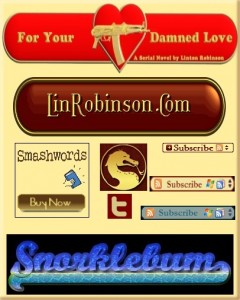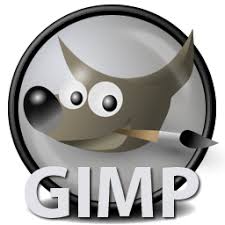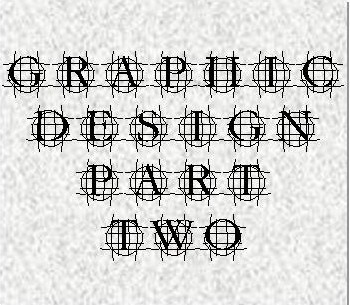
As promised, this tutorial will cover the making of buttons, logos, banners, and other graphic types needed by writers. Not as sexy an issue as covers, but very necessary. And it all applies: if you can create a cool-looking logo, you can create a cool-looking title and byline. In fact, if you examine this collection of images I think you’ll see that the difference between a “logo”, a “banner”, a “button”, and even a “title” is pretty abstract. What you’re seeing there, top to bottom, are: the title for an online serial, my personal logo I use for many things including “signatures” in mailings and forums, a custom SmashWords buy button, a dragon social media avatar, a Twitter button in custom colors, three RSS buttons to match three different sites, and a website header. All basically the same thing, using the same resources and simple skills.
And you’ll love this: it’s a lot easier to do these things. Your chances of learning, fairly quickly, to create good-looking, useful graphic doodads is virtually 100%. And there’s better news than that for those less than comfortable with all the talk of installing and learning graphics programs: you can do it all online without having your own programs, and it’s easier to do that way and at least as high quality! Cool, huh? Continue reading “Banners, Buttons, And Beads”
Like this:
Like Loading...


 I know it’s been a while since I promised to show y’all how to use GIMP to make a cover for a box set, but I have an excuse. See, as soon as Bob Hammond heard about it, he immediately demanded that I make him one. The delay has been due to his dithering over which of his many, many titles to include. I finally prevailed upon him to pick three so I could get going on it. He wasn’t happy, but he agreed. He even sent me an image to use for the cover. What a guy, huh?
I know it’s been a while since I promised to show y’all how to use GIMP to make a cover for a box set, but I have an excuse. See, as soon as Bob Hammond heard about it, he immediately demanded that I make him one. The delay has been due to his dithering over which of his many, many titles to include. I finally prevailed upon him to pick three so I could get going on it. He wasn’t happy, but he agreed. He even sent me an image to use for the cover. What a guy, huh?
 One salient fact about doing graphic design–in this case making your logos and covers and other pictures writers need to go with their thousand words–is that you need to have a graphic program to do it with. This is actually not a problem, but it’s not hard to run into advice and situations that make it seem like a problem. As with so many other things that writers have to learn aside from writing these days, a main issue is knowing what to avoid.
One salient fact about doing graphic design–in this case making your logos and covers and other pictures writers need to go with their thousand words–is that you need to have a graphic program to do it with. This is actually not a problem, but it’s not hard to run into advice and situations that make it seem like a problem. As with so many other things that writers have to learn aside from writing these days, a main issue is knowing what to avoid.